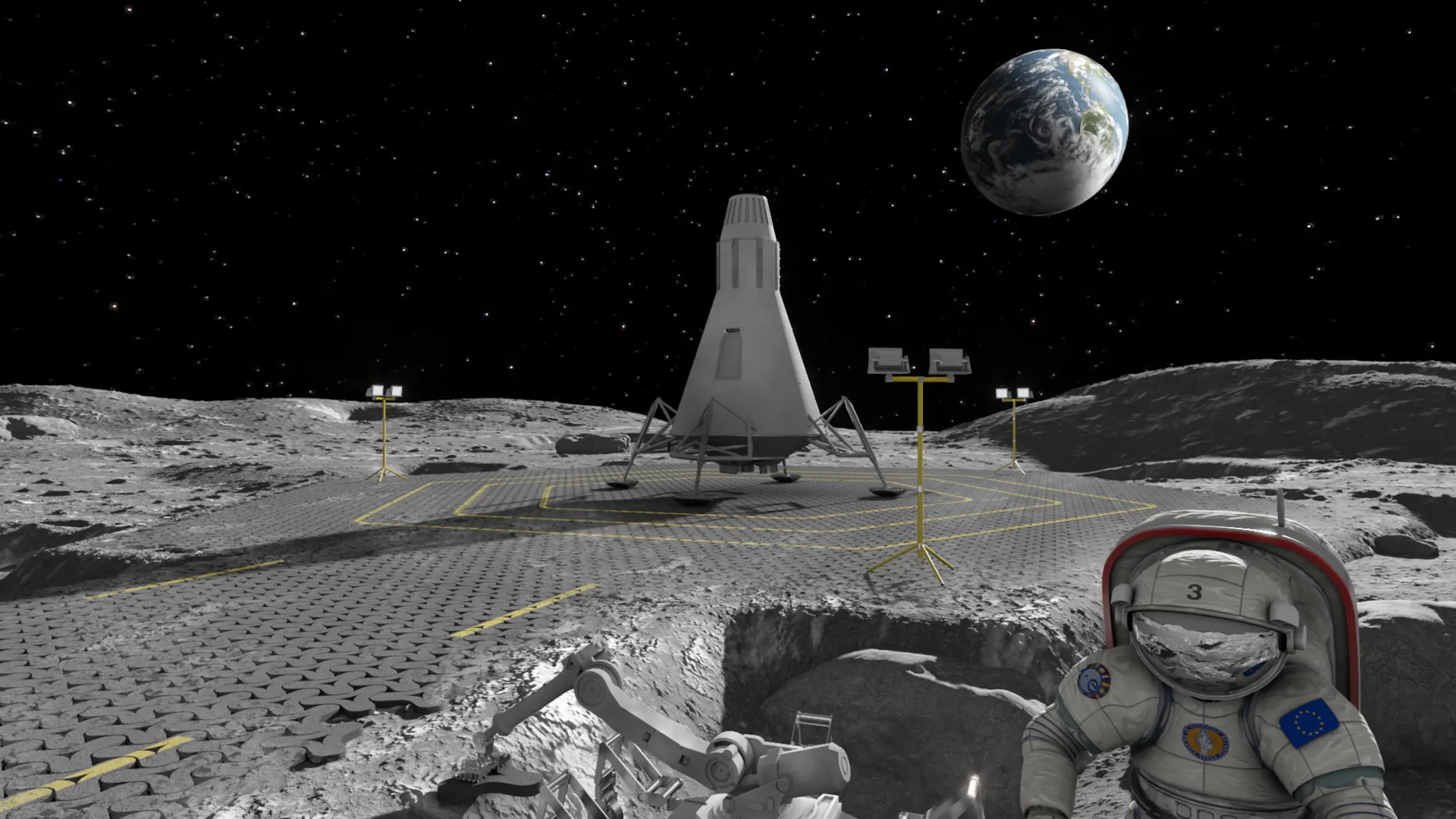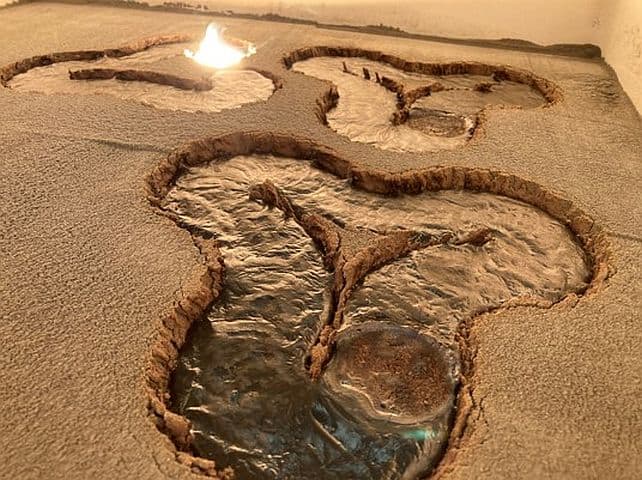
Human exploration of the Moon has long piqued the interest of scientists and space enthusiasts. Thanks to technological advancements, it is becoming a more realistic possibility. However, there are obstacles to overcome on the Moon, the most notable of which is the need for more essential infrastructure like roads and landing pads.
To overcome this obstacle, scientists from the European Space Agency (ESA) and other institutions, studied the possibility of using laser melting manufacturing to pave the Moon with an artificial version of lunar regolith (the rocky upper surface layer of the moon). This novel strategy, published in the journal Nature Scientific Reports, addresses the issue of Moon infrastructure and is critical for the long-term success of lunar operations.
EAC-1A, a lunar regolith simulant, stood in for the real thing in these studies. To solve the problem of lunar dust, researchers used a powerful carbon dioxide laser to melt the simulant into interlocking structures that could be used to make roads and landing pads.
“The research used a basaltic lunar regolith simulant developed by a team of the European Space Agency,” said Juan Carlos Ginés Palomares, Aalen University mechanical engineering and one of the study’s authors. “The raw materials come from a quarry in the Siebengebirge Volcanic Field (Germany) and are later crushed and sieved to the corresponding particle sizes.”
The authors experimented with laser beams of various powers and diameters (up to 12 kW and 100 millimeters, respectively) to develop a strong material. However, they discovered that crisscrossing or overlapping the laser beam path caused cracking. They devised a plan to create triangular, hollow-centered geometric shapes roughly 250 millimeters in size using a 45-millimeter diameter laser beam. The authors suggest that these could be interlocked to create a solid surface for landing pads and roads across large areas of lunar soil.

There are several benefits to using a laser to melt metal instead of more conventional methods. For instance, it reduces expenses and simplifies logistics by eliminating the need to ship heavy materials from Earth. The research highlights the significance of in-space manufacturing and in-situ resource utilization technologies to the future of space travel. By eliminating the need to bring in materials from Earth, these technologies improve the long-term viability of a mission. Paving with a regolith simulant would also protect both humans and machines from the hazards of lunar dust kicked up by rovers.
Beyond the Moon, the implications of this study are enormous. The in-situ resource utilization — the harnessing of local natural resources at mission destinations — and laser-melting manufacturing technologies have the potential to be used on other celestial bodies, lowering the financial and logistical burdens of future missions while simultaneously increasing their sustainability.
Still, our understanding has significant gaps, such as the energy needed to build roads.
“Processing all this material would require a lot of energy, so for its use on the lunar surface, we suggest a sunlight concentrator, such as a Fresnel lens, for this application, as it uses the light without the need to convert it first into electricity,” Ginés Palomares said.
Another untested issue is longevity, but the team is optimistic.
“We have not yet addressed the study of the life expectancy of these tiles,” Ginés Palomares said. “We have analyzed their mechanical properties with very positive results.”









